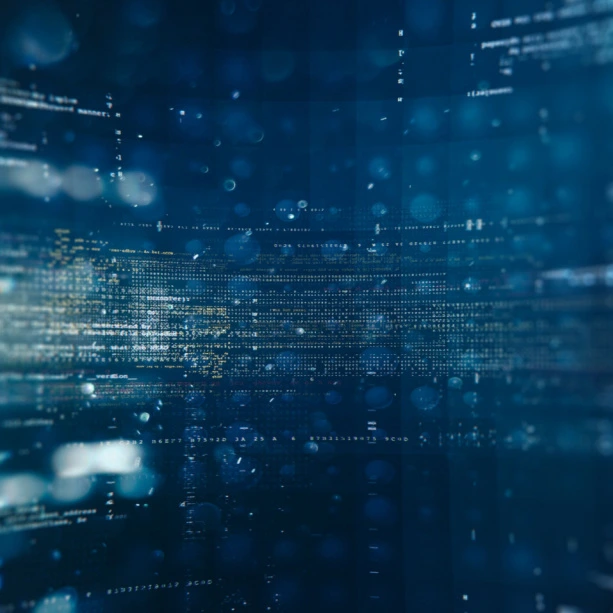Advancements in IoT technology provide essential information about critical assets. Communication technologies like LoRa and LoRaWAN have been around for a while and serve their purpose well, but mesh technologies are being created to expand existing technology's capabilities.
What is the Difference Between LoRa and LoRaWAN?
LoRa is a way for low-rate data applications to get a more extended range than other radio technologies. People often confuse LoRa with LoRaWAN. LoRa is a method for transmitting radio technologies, while LoRaWAN is a point-to-multi-point networking protocol that uses Semtech's LoRa modulation scheme.
What is Mesh?
Mesh topology is a type of networking where all nodes cooperate to distribute data. Mesh networks either route or flood data. Routing data must have a predefined path to travel and be continuously configured to ensure a path is available. Flooding data means that data is flowing continuously through the network. Flooding is the more simple method.
Join the AirFinder Difference!
- Innovation. Organizations can be freed up to innovate and bring more impactful products and services to market.
- Profitability. Increased profitability provides new opportunities to innovate and improve valuation.
- Digital Transformation. Discover competitive advantages, new revenue opportunities, improved customer relationships, and increased efficiency.
How We’re Going Global
AirFinder LoRa technology can determine a location in real-time, but it still has limitations. That's why we partnered with Wirepas!
Our partnership with Wirepas has allowed our AirFinder solution to go global. Wirepas created a type of mesh technology, and combining our solution with Wirepas reduced latency while increasing throughput. This partnership increases AirFinder's scalability, thus allowing for global use. With first-class security, our solution is easily deployed and has simple integration.
Why Does All of This Matter?
The creation of location technologies has been an enormous help to logistics companies everywhere. Before this technology existed, tracking was done with paper and pen. Manual tracking was insufficient because just because someone wrote down that they loaded a pallet on a trailer doesn’t mean they did, and even if they loaded it, it doesn’t stop it from getting lost en route. Automating your tracking efforts saves time, eliminates human error, and offers more data than you have with manual tracking. Having the chance to expand globally is exciting, especially for companies that operate in multiple countries, so your processes can remain as consistent as possible.
Learn More About These Advancements
Our partnership with Wirepas has paved the way for the global expansion of our asset tracking solution. LoRa technology has helped companies locate their critical assets. Now, this technology is being expanded globally with the help of a mesh network. Book a demo with our team of experts to learn more about these new capabilities we offer.




